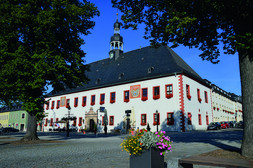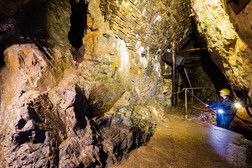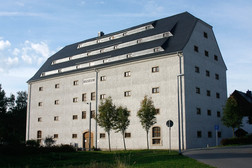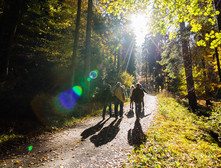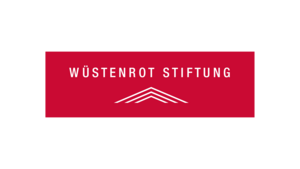The history of the large district town of Marienberg and some of its 15 districts dates back to the 12th century. The mountain town of Marienberg was founded in 1521 at the instigation of Duke Henry the Pious. Ulrich Rülein von Calw designed the ground plan as an ideal town layout modelled on the Italian Renaissance - with a grid-like street network that can still be followed today. The old town centre with the late Gothic hall church of St. Mary, the Renaissance-style town hall, the preserved town houses and the remains of the town fortifications, together with the mining landscape in the Lauta district, is part of the UNESCO World Heritage Site "Montanregion Erzgebirge/Krušnohoří".
The "Bergmagazin" presents the history of the Saxon-Bohemian Ore Mountains, the horse-drawn pithead on the Rodolph shaft demonstrates how the rock was once extracted. The "Molchner Stolln" show mine in Pobershau recalls the mining of silver, tin, copper and iron, while the Zöblitz Serpentine Stone Museum brings the processing of the rare, lathe-carved stone serpentine to life. The region around Marienberg can be explored all year round by hiking, cycling or skiing. Special features include the "basalt fan" solidified from lava on the Hirtstein in Satzung or the wild and romantic nature reserve "Schwarzwassertal" along the "Schwarze Pockau". Saxony's largest leisure and adventure pool "AQUA MARIEN" also offers fun and relaxation.
